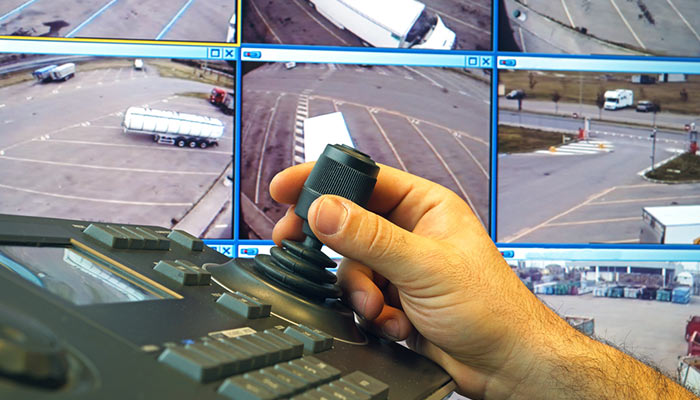For most large CCTV systems, the importance of the monitoring, control and management of surveillance systems is critical to the effectiveness of the capabilities of the video surveillance system.
Mixing legacy camera technology with the latest video surveillance systems brings it’s own challenges which can be managed to provide a planned upgrade path as and when required.
Ergonomic and environmental factors are considered as part of the design to ensure that the wellbeing and health & safety of staff are major influences on the design process.
Supporting and emerging technologies such as artificial intelligence, ANPR, face recognition, use of drones, connections with third party databases, social networking connections, radio systems etc could be included when implementing monitoring and control room capability.




